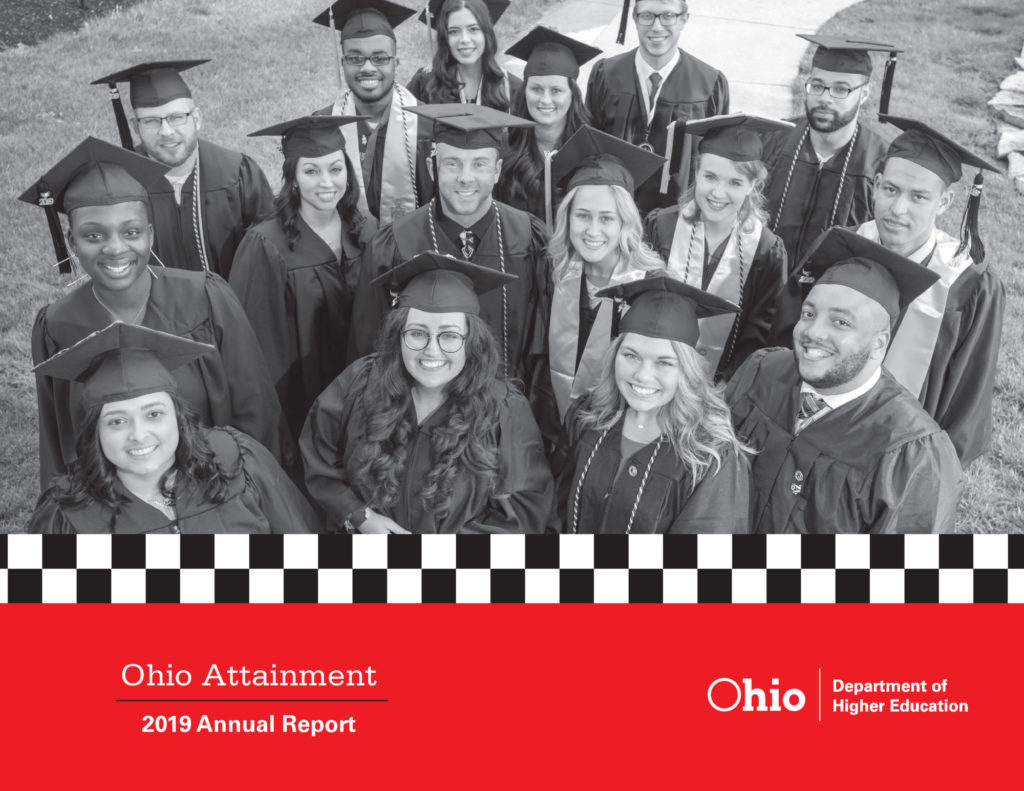What is STEM?
Home > Who We Are > What is STEM?
More Than an Acronym


STEM stands for science, technology, engineering and mathematics, but it’s more than an acronym. Quality STEM experiences connect learning to real-world problems and solutions. At STEM schools, students connect with local businesses and community organizations to plan, develop, and test new ideas.
Through these experiences, STEM education fosters the next generation of innovators.

STEM: Essential to Ohio's economic future
Ohio lags other states, with a 44.6% educational attainment rate. Thirty-one states have higher attainment rates than Ohio’s (2019 Ohio Attainment Report).
At current rates, Ohio will be short one million qualified workers (State of Ohio Combined State Plan January 2020).
The Ohio STEM Learning Network and our partners will help teachers and schools build the next generation of Ohio innovators.
FAQ's
STEM schools are centers of creativity and innovation that provide challenging, student-centered, inquiry-based educational experiences that are cross-disciplinary in nature and relevant to the real world. Unlike traditional school experiences in which different subject areas are treated as separate “silos,“ STEM education emphasizes the technological design process and integrates subjects in ways that emphasize connections across disciplines. In a STEM classroom, students develop analytical and creative skills through investigation and problem solving. STEM moves beyond an emphasis on simple test performance and focuses instead on developing higher-level thinking skills.
STEM education typically features strong levels of collaboration among education, business and community partners to help develop relevant curriculum and provide internships, mentorships and co-operative education opportunities to help students connect classroom learning to the real world.
A quality STEM education develops skills that apply to any career. STEM emphasizes collaboration, communication, research, problem solving, critical thinking and creativity. These are skills that all students need to be successful in today’s world.
STEM education also places a strong emphasis on personalizing educational experiences. Within STEM learning, teachers can customize lessons and project to best suit the many different ways individual students learn best.
As a requirement of STEM school designation, no Ohio STEM school may restrict admission based on an academic requisite like a learning test.
A STEM-literate workforce attracts investment and jobs. Business, informal education and community partners play a vital role in helping to ensure that STEM learning experiences develop the highly skilled workers that local and regional employers need to compete globally.